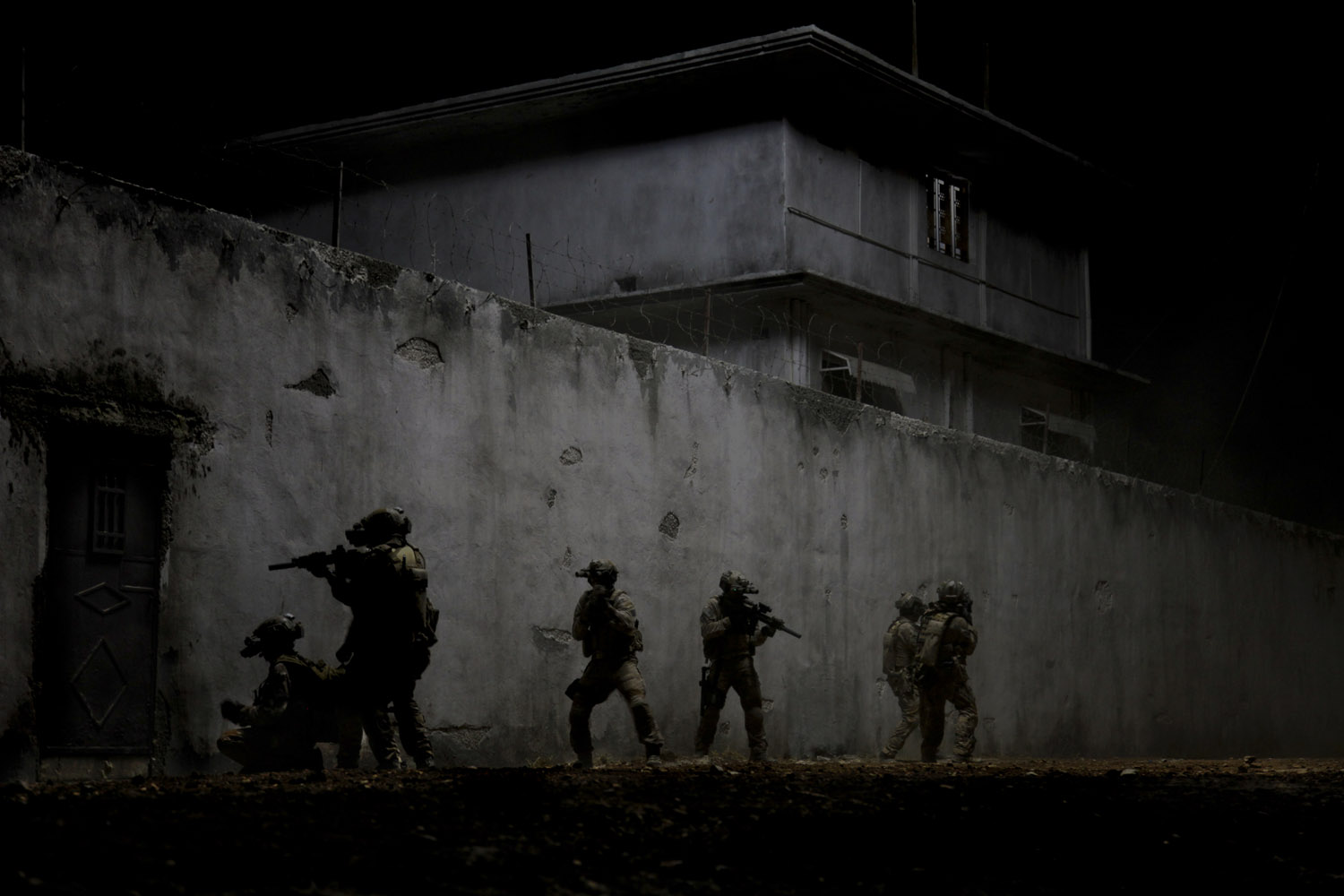
Note: The sequence of images in this feature was updated Jan. 8, 2013.
American Special forces, guns trained and at the ready, stand outside a fortified compound on foreign soil. Cast in midnight shadow, the well-armed and night-vision-equipped troops communicate with hand motions and brief radio exchanges.
What follows is a stunningly efficient raid — carefully choreographed — with the requisite shouted commands, sporadic gunfire, and the low-hummed whirr of helicopter blades. Through it all, photographer Jonathan Olley was there.
But these bullets and bombs were mere props. The soldiers: actors instead. The drama: cinematic climate written and directed by the movie industry’s best. But in the world of Hollywood, Jonathan Olley’s photographs are almost too real.
Many Americans have likely seen Olley’s work, even if they don’t know the photographer by name. With his images plastered on the sides of bus stop vestibules or subway station walls, on billboards, print advertisements and even the cover of Newsweek, Jonathon Olley is the stills photographer for this year’s Oscar-hopeful Zero Dark Thirty.
The film, from Academy Award-winning director Kathryn Bigelow, traces the hunt for Osama bin Laden through the career of one female American intelligence officer, played by Jessica Chastain. While the film has received criticism —from politicians and the military, not to mention historians who challenge the film portrayal of events— the virulence of the critiques may fairly reflect how realistic the movie is presented.
“What we were attempting is almost a journalistic approach to film,” Bigelow told the The New Yorker in an interview about the movie last December. Who better to photograph a movie about a war, than a photojournalist who had seen one up close.
As a 27-year-old photographer, Jonathan Olley traveled to Sarajavo, a city under siege as Yugoslavia slowly broke apart. Packed and ready to leave on February 5, 1994, Olley was footsteps from the city’s main market when a violent explosion rocked his career forever.
The mortar, responsible for the deaths of 68 people and the wounding of 200, left a near-dazed Olley reeling amidst the chaos of the scene.
“I made some photographs of the place in a haphazard and panicky way” he remembers. “At that point, I got grabbed by some men and had a gun put in my mouth.”
For Olley, those moments served as “catalyst” in his professional career, illustrating how photographers could become part of the stories they covered, and could even create conflict while trying only to bear witness.
“That day made me think about what my position in all of this was,” he said. “In the end, the risks” — by this he means for himself and the people he photographed— “were not worth the news agenda of the day.”
More than a decade after that fateful event, Olley was introduced to Hollywood director Paul Greengrass, who hired him as photographer for the film Green Zone, a movie about the fruitless search for nuclear weapons in a post-Saddam Hussein Iraq.
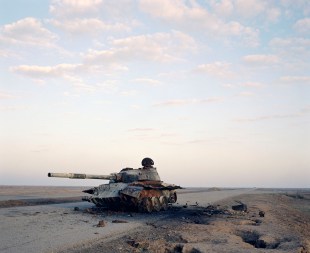
Today, with three films under his belt, Olley says his commercial photography work on Green Zone, The Hurt Locker and now Zero Dark Thirty, requires the same skill and attention to detail as covering any war.
“You don’t really get a lot of access and you have to find your position in the maelstrom of activity.” Olley told TIME in an interview from his home in London. “Like conflict photography, shooting film stills is about being in a place where no one really wants you to be and making it work.”
Because still photographers are “non-essential” for the production process, he said — the photographs are used primarily to promote the movie when complete — the stills photographer is often the first victim of ornery directors, aggressive producers, or mercurial actors. If filming is going poorly, or the timing just isn’t right, photographers can be asked — politely or otherwise — to leave.
“Some actors are a little bit like racehorses: great to watch, but tough to deal with,” he jokes. In spite of the tensions, though, Olley is quick to add that many of Hollywood’s best actors — from Matt Damon to Jennifer Chastain — understand the importance of a film’s still photography and that working with these professionals at their best is “a privilege.”
Yet, as journalistic as his commercial images might look, and as close to reality as some Hollywood films have become, Olley views his film work as a means to other personal and professional ends.
“To me it’s like any other job,” said Olley, whose latest project, large format photography looking at the legacy of empire in Ireland, has received interest from the Tate Modern museum in London.
Despite the challenges of photographing the silver screen, Olley’s film experiences have been his most professionally forgiving, he said.
With scenes getting multiple takes — professional “second chances”— he has more opportunities to capture the valuable, powerful moments. However, for Olley — so nearly killed while covering conflict — there is comfort in the security of a Hollywood set.
“At least in this business, you don’t die when you get it wrong,” he said.
Jonathan Olley is a photographer based in London.
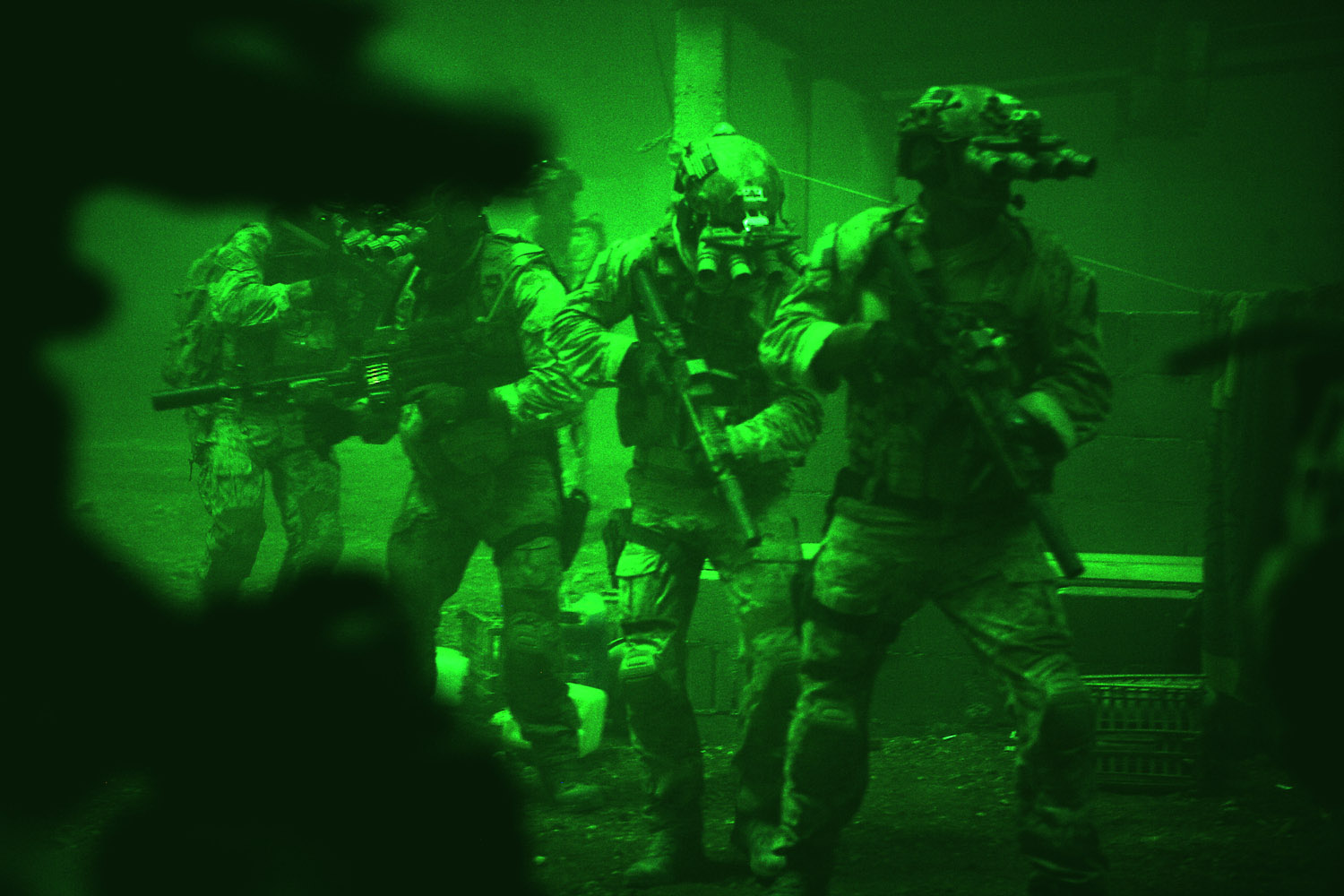

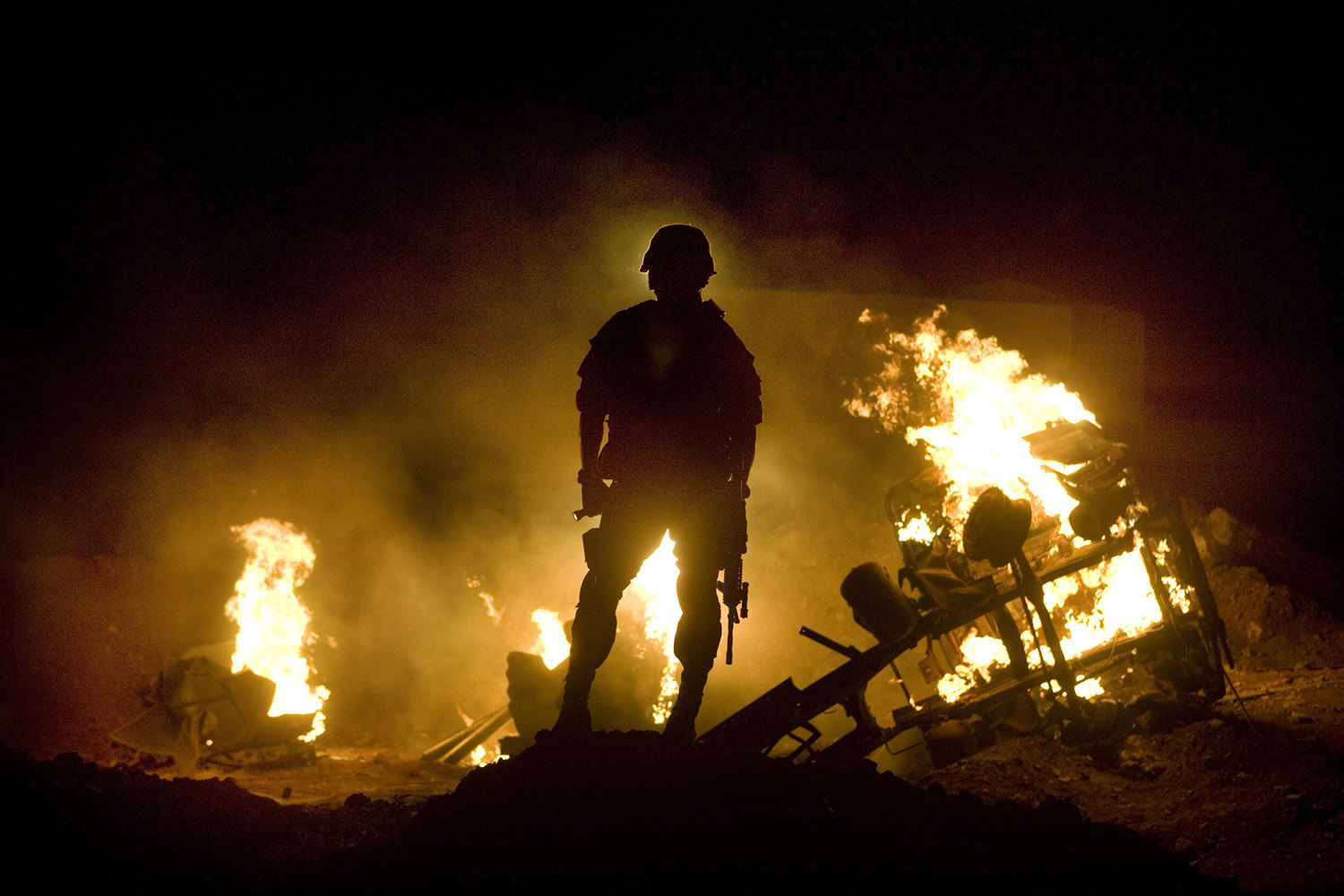
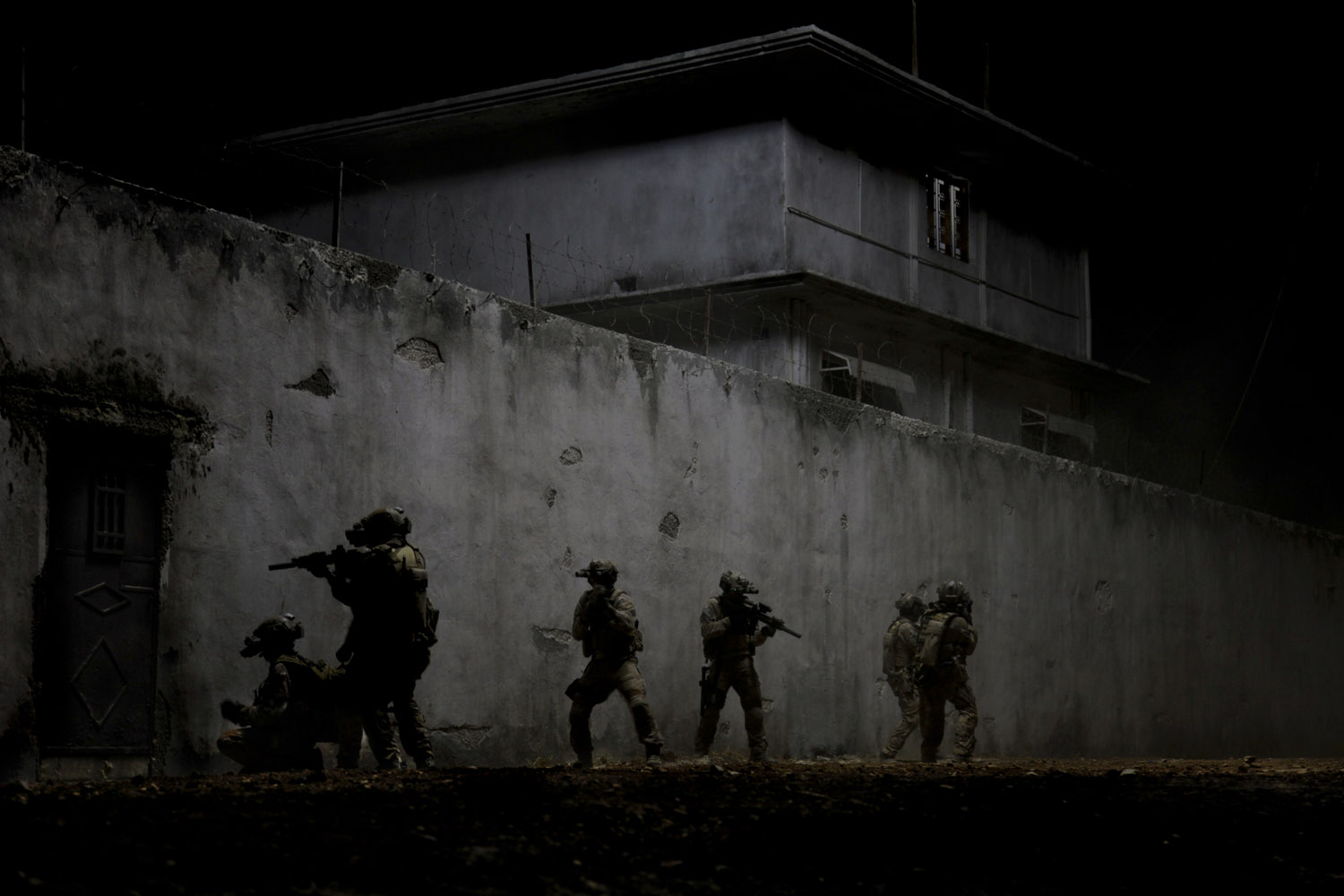
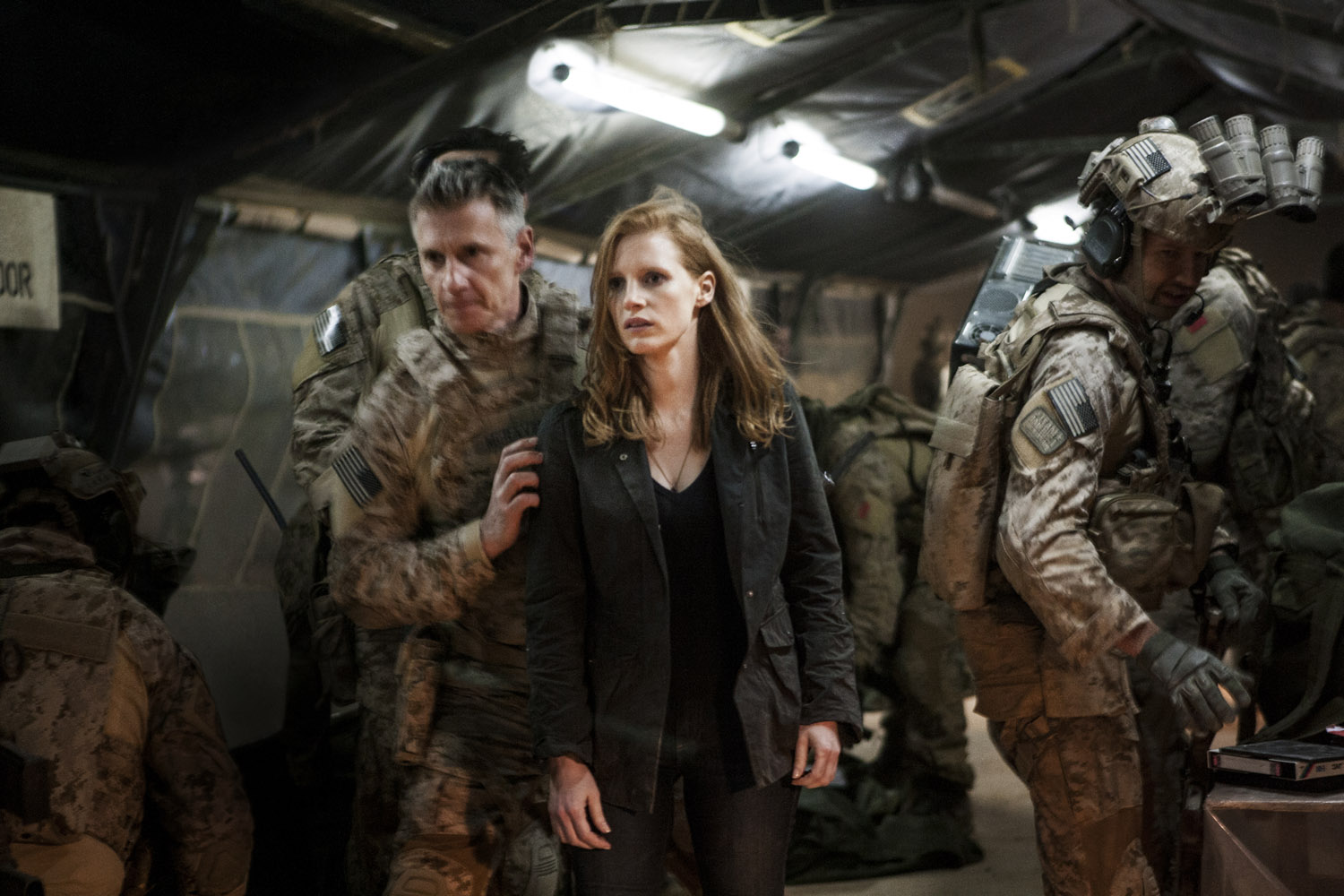







More Must-Reads from TIME
- Cybersecurity Experts Are Sounding the Alarm on DOGE
- Meet the 2025 Women of the Year
- The Harsh Truth About Disability Inclusion
- Why Do More Young Adults Have Cancer?
- Colman Domingo Leads With Radical Love
- How to Get Better at Doing Things Alone
- Michelle Zauner Stares Down the Darkness
Contact us at letters@time.com